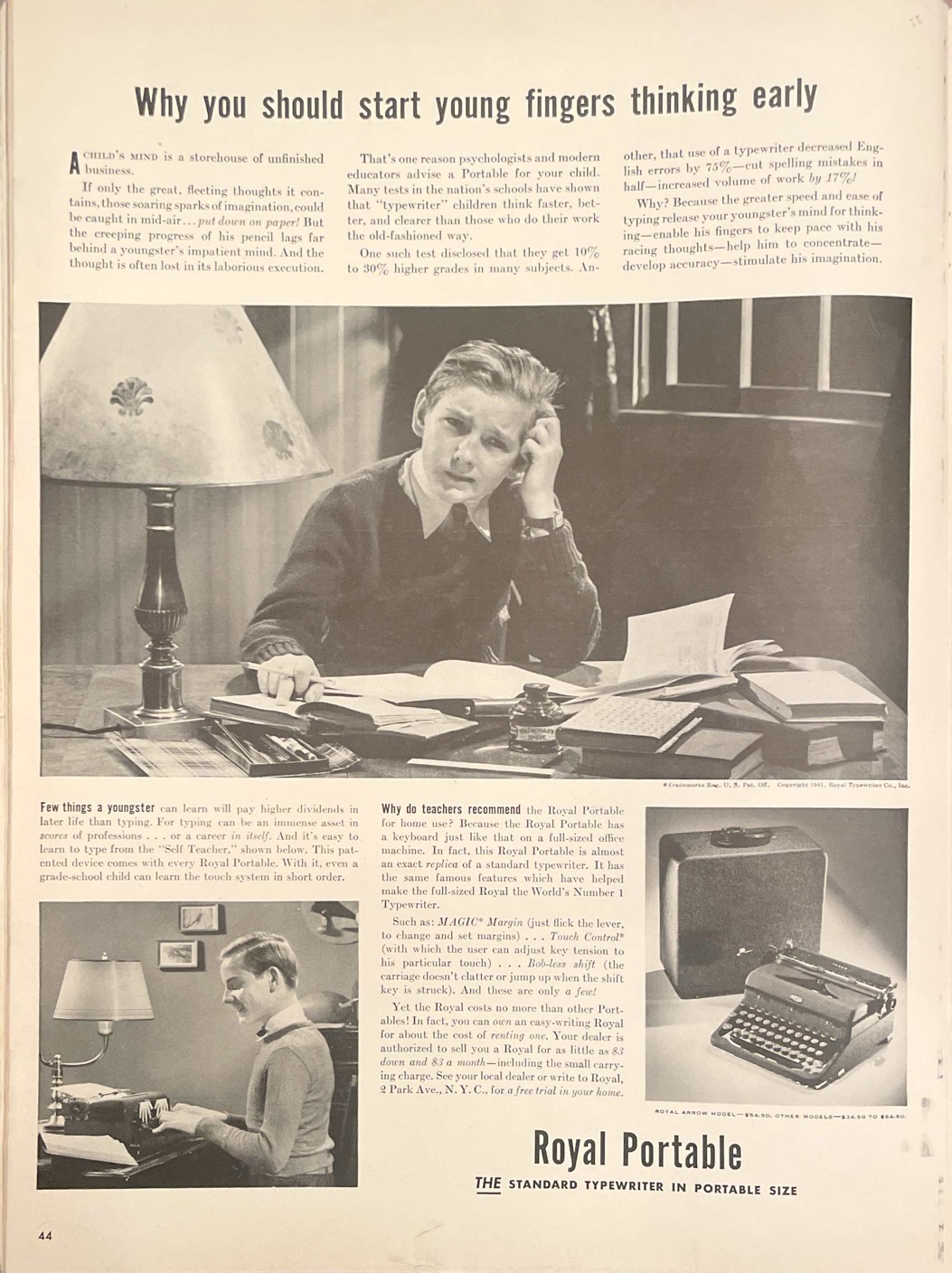I own seventeen fountain pens. That’s a lot less than many people, I know, but to most people, especially those who don’t care about pens or stationary, it’s a ridiculous amount. A couple month’s ago, I wondered what it would feel like to use just a few pens, so I challenged myself to clean and store most of my collection and keep only four pens inked for a while.
Here’s what I’ve been using, and why.
Montblanc 149 100th Anniversary Edition
This is by far my most expensive pen, so you can bet it’s going to be consistently inked and used. It also happens to be my most comfortable pen for long writing sessions, with, by far, the smoothest nib on any pen I own. So this is the pen I use to write prose fiction—novels, short stories, poetry, anything but screenplays (which, though I take initial notes for them by hand, I write digitally because formatting is so much easier). Because writing is my full-time job, this pen gets used almost daily, for hours at a time. It’s nearly always inked with Diamine Oxblood (if I have a signature ink, Oxblood is it).
Pilot Vanishing Point LS
This was the first Very Expensive Pen I ever bought, and it’s also probably my most useful. The retractible nib makes it the best fountain pen I have for taking quick notes, so it stays with my bullet journal and gets used pretty much daily. If I was forced to own only one pen, it would be this one because of its combination of beauty, comfort, and utility. It’s currently inked with Kaweco Orange, which I like for its boldness and so put in a pen from time to time, but it’s not a great ink for notes, so once the current fill runs out, I’ll replace it with something darker and more professional.
Vintage Conklin Crescent Filler
I acquired this pen only a few months ago at the California Pen Show, but it’s been inked ever since. It has a flex nib, making it a joy to journal and write letters with. Since I journal almost daily, it gets used almost daily. It’s urrently inked with Diamine Walnut, which closely matches the pen’s brown hard rubber body and adds to the vintage feel of using the pen.
Kaweco Liliput, Copper
I knew when I started this experiment that I would need to keep inked a robust, durable pocket pen. I own two pocket pens, this Kaweco Liliput and a Kaweco Brass Sport. To be honest, I like the Brass Sport much more than the Liliput. It’s far more comfortable to use unposted, making it ideal for quick notes, and when I do need to post it, the cap pops onto the back in an instant, unlike the Liliput, which requires threading to post. That said, when Kaweco released their new mini converter, it solved one of my gripes with the Liliput: having to syringe fill a cartridge in order to achieve any reasonable ink capacity. So I decided to give the Liliput, which had been uninked for nearly a year, some love. I don’t use my pocket pens that often—maybe a couple times a week—so I’m going to keep using the Liliput until the converter is empty, which will probably be a while. While I don’t love this pen, I do like it. And this experiment has stopped me from selling it, which I had been seriously considering.
Bonus Pen
I lied. I have five pens inked. I really meant to ink only four, I swear. But, you see, I forgot to empty and clean my Montblanc 146, in Glacier Blue. It was tucked away in a notebook cover, and I only realized this a few days after I’d inked up my four pens. I went to empty and clean it, but then I thought, But I really love this pen! I’ve had it consistently inked since I got it over a year ago. And I use it all the time. So, even though it isn’t filling any unique use case like the other pens are, the 146 is inked pen number five. I use it whenever I feel like it, which is often. Ive never had any other ink in this pen than Montblanc Glacier Blue, because they match.
I’m sure that at some point I’ll ink up my other pens again, and I’m not going to sell off the rest of my collection in the name of minimalism or anything (in fact, I’ll certainly buy more pens, given time). But for now, I’m enjoying using just these four five pens with intention and purpose.

